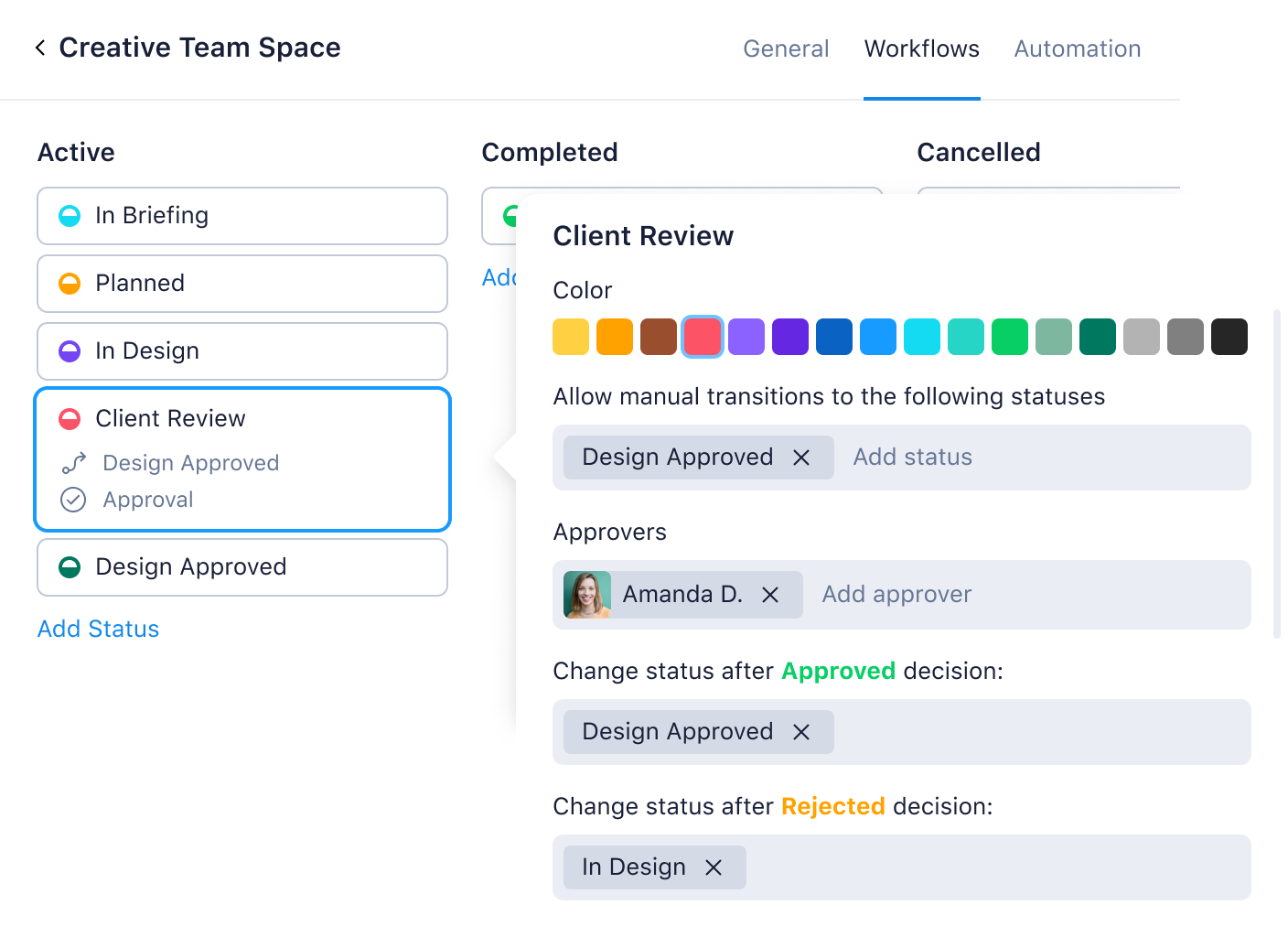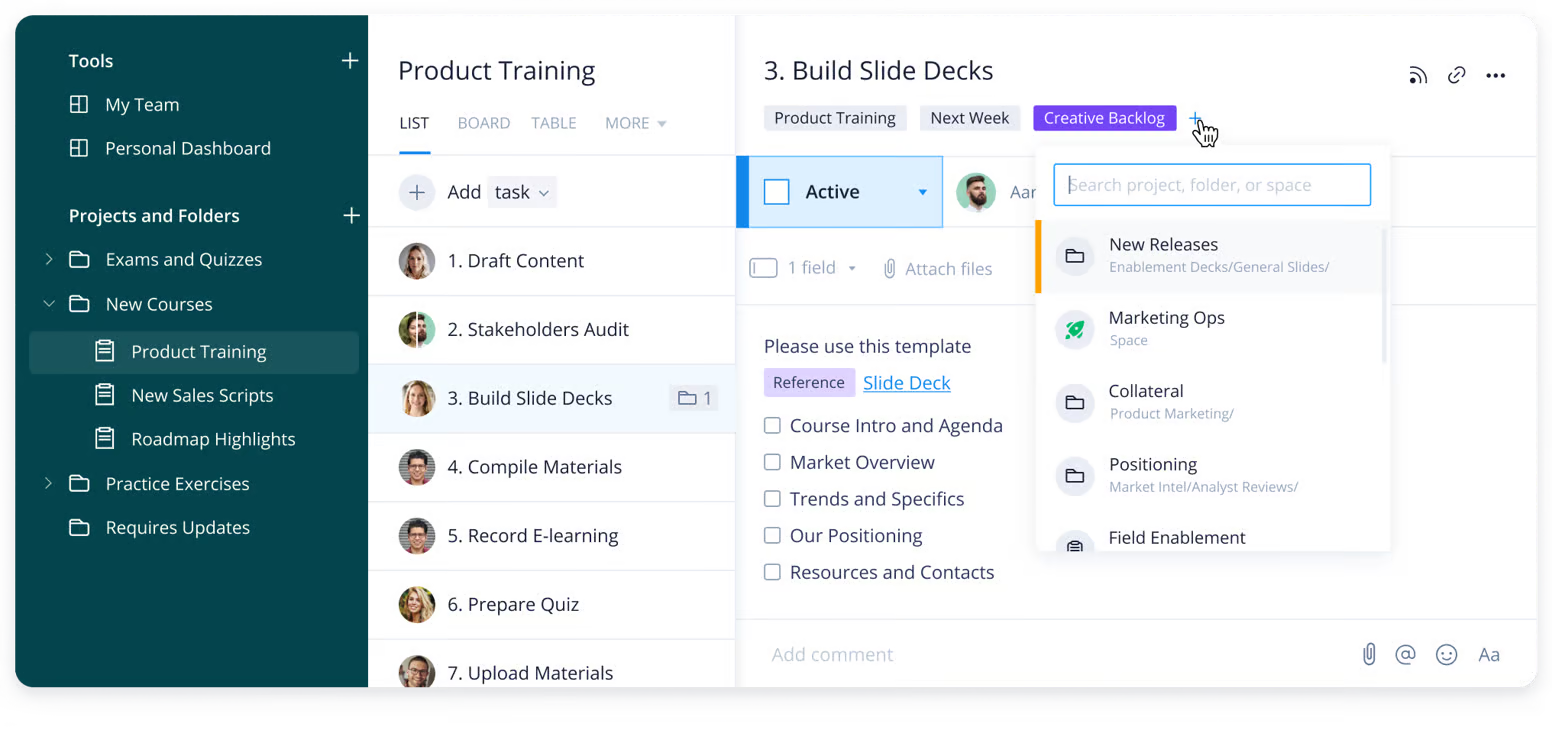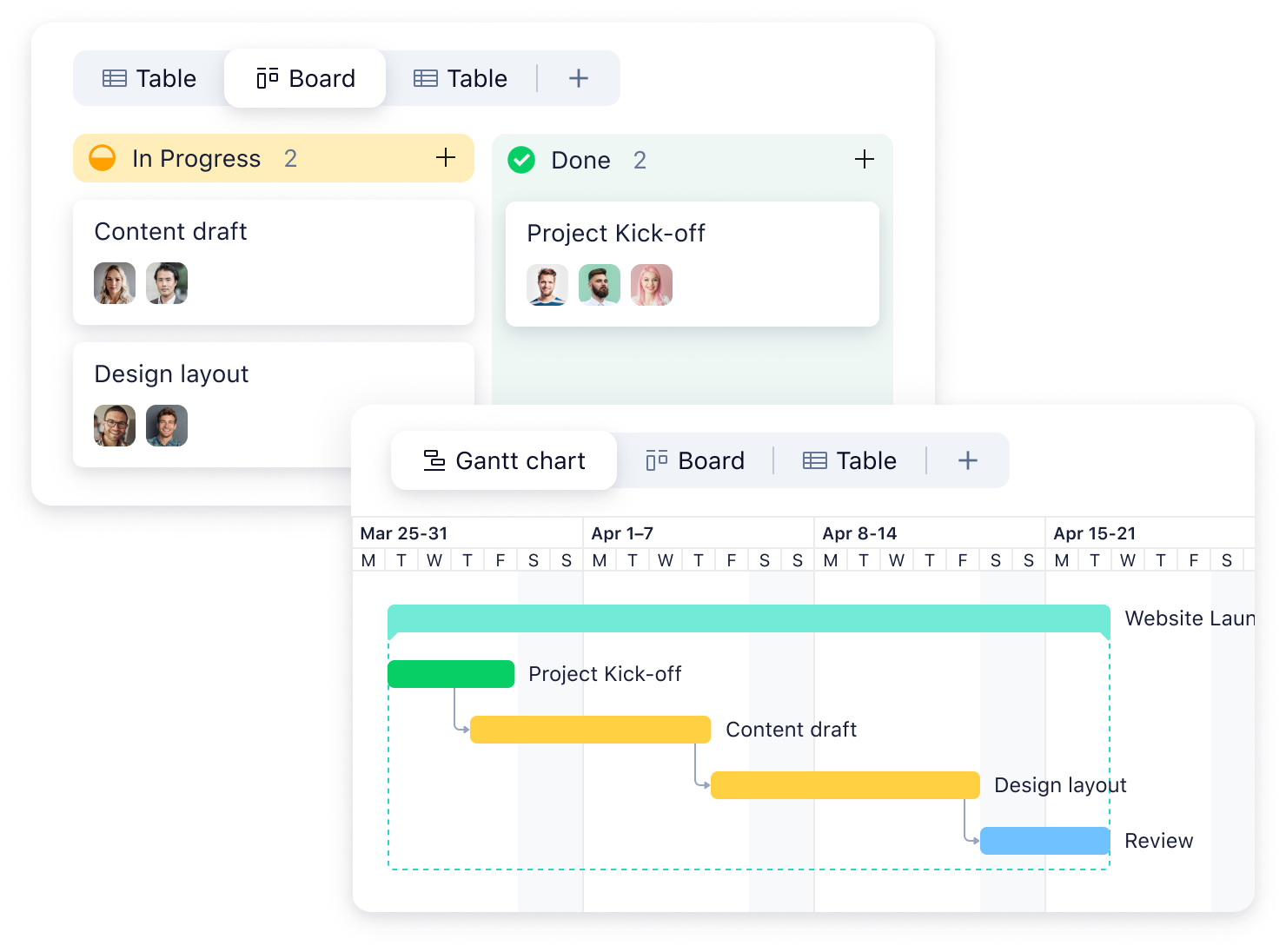Key takeaways:
- What is contingency management? It’s a flexible approach where a manager’s style adapts to environmental circumstances for improved project success.
- How does Wrike facilitate contingency management? Wrike enhances productivity with customizable workflows, real-time reporting, and dynamic resource allocation.
- What are the benefits of adopting contingency management? It promotes flexibility, preparation, resource optimization, risk management, and effective communication across teams.
- How can organizations assess their need for a contingency approach? Evaluate internal/external factors, organizational structure, culture, and available resources and capabilities.
- What steps are crucial for implementing a contingency plan? Set clear objectives, identify risks, create action plans, assign roles, communicate effectively, and continuously monitor progress.
There is no “one size fits all” approach in project management. Just as no two projects are identical, no two managers are alike. Each brings a unique blend of skills, experiences, and management styles.
Being flexible and adaptable is the basis of a contingency approach in management. Embracing this not only enhances the effectiveness of management but also creates a more resilient and responsive project environment. OK great, you want a more resilient and responsive project environment … but how do you do it?
In this article, we’ll go through the basics of contingency management and how to use it in your organization — bonus points if you use Wrike to do so!
Understanding the contingency approach in management
In the contingency approach, a manager’s leadership style must match the circumstances of the environment. The need for workplace connectivity and greater alignment across teams has increased significantly over the past few years as organizations adapt to unprecedented workforce changes, economic uncertainty, and, most recently, historically low productivity levels. In fact, according to Wrike’s Dark Matter of Work report, the average total cost of wasted time in the workplace is $50 million.
*The contingency approach in management has entered the chat.*
So, how do you remain productive and agile enough to stay ahead of potential roadblocks or challenges? We’re glad you asked!
Wrike enables the fastest way to productivity with Wrike Lightspeed. Other solutions force teams to work within a rigid workflow template, but Wrike lets people work in whatever way best suits their job. How? With Wrike’s custom item types, you can build a workspace tailored to your role, department, or industry. With a contingency management approach plus Wrike Lightspeed powering your workday, it’s easy to manage projects and automate team workflows across your company.

Benefits of contingency management
Still on the fence about adapting a contingency management style? Here are some of the key benefits of contingency management to help convince you (and how Wrike can help you specifically):
- Flexibility: Being open to change and adapting plans as required leads to efficient response times.
- With Wrike: Structure work in a way that makes sense for your team with custom item types.
- Preparation: Anticipating and preparing for different potential scenarios means you’re less likely to be caught off guard.
- With Wrike: Communicate progress and make decisions in real time with Wrike’s easy-to-use report builder.
- Resource allocation: Allocating resources ensures that each likely scenario can be addressed effectively.
- With Wrike: View individual capacity in your team’s workload chart. Spot uneven workloads and instantly reallocate tasks if required.
- Risk management: Identifying and managing potential risks that could impact the execution of the contingency plan means you can avoid problems and handle unexpected events more easily.
- With Wrike: Add the necessary security measures and configurability applicable to your team and each user, based on your organization’s needs.
- Communication: Confirming that all stakeholders are aware of the contingency plan keeps everyone on the same page, reducing miscommunication.
- With Wrike: Cross-tagging in Wrike enables teams to view tasks in context of their unique projects, as well as wider company initiatives.

Assessing your business’s needs
Before establishing a contingency management style, you should use three guidelines to assess your organization’s needs. Let’s check out some scenarios that will help you visualize your business needs.
- Identify contingency approach internal and external factors. Suppose your organization operates in the tech industry. The internal factors within your company, such as hiring skilled staff and conducting specific research, can significantly impact your business operations. New technologies, government policies, and stock market changes are all external factors that can affect your organization’s functions.
- Analyze organizational structure and culture. Organizations that are inflexible and resistant to change may struggle to adjust to new situations. Addressing a change-resistant culture via employee survey or company town hall might be necessary to embrace a contingency approach.
- Evaluate resources and capabilities. Think to yourself: Do I have the resources I need to respond effectively to different scenarios? Are my employees equipped with the necessary skills and knowledge?
When you look at your resources and capabilities, you can figure out which situations you’re best prepared for — and which you might need extra help with.
Developing a contingency plan
So, you know what your business needs — now what? The fun part: developing your contingency plan. Here are some questions to help you guide through setting up your plan.
Setting clear objectives and goals
- What are you trying to achieve with your plan?
- What are your priorities?
Setting clear goals helps you focus on your goals and ensure your plan fits your strategy.
Identifying potential risks and challenges
- What are the potential risks associated with your business?
- What challenges could make it difficult to reach your goals and objectives?
Creating contingency strategies and action plans
- If a potential crisis happens and there is suddenly less demand for your product, what will you do?
- What action plan will you have in place if a global pandemic comes out of nowhere and shuts the world down? *Covid PTSD is real.*
Create different contingency strategies and action plans with specific actions you will take if a particular scenario occurs.
Assigning roles and responsibilities
- Who will be the first point of contact for your plan?
- What other stakeholders need to be involved, and what are their roles and responsibilities to ensure your plan is executed?
This ensures that everyone knows what they are responsible for and can act quickly if the plan needs to be implemented.
Implementing the contingency approach
So now, we have our business needs and our contingency approach mapped out. Are we done? ALMOST! Now we have to implement the approach to ensure the plan is effective and successful.
Communicating the plan to stakeholders
Communicate clearly to all stakeholders, employees, and customers. Use clear and concise language, avoiding technical jargon or complex terminology. By keeping people informed and up to date, everyone will be aligned and work toward the same goals.
Training and development for effective contingency management
It’s essential to provide training and development opportunities for employees so that they have the skills and knowledge they need to implement the contingency plan effectively. Consider workshops, seminars, and online courses, and tailor them to your organization’s and employees’ specific needs.
Monitoring and adjusting the plan as needed
Finally, it’s essential to monitor the implementation of the contingency plan and make adjustments as needed. This may involve revisiting your assessment of internal and external factors, updating your contingency strategies, or modifying roles and responsibilities. Regularly monitoring the plan is crucial to ensure it remains relevant and practical.
Using Wrike for your business contingency approach
Wrike is an invaluable asset for businesses seeking to bolster their contingency approach. By using Wrike in their contingency plans, organizations can be more flexible and responsive when dealing with unexpected disruptions. The platform helps team members work together in real time and easily adjust to changing situations.
Wrike has helped companies like Siemens Smart Infrastructure to standardize processes and automate project delivery on a global scale, which has resulted in reduced labor time, increased competitiveness, employee satisfaction, and ROI. Siemens chose Wrike because of its versatile, flexible, intuitive work management platform capabilities. That way, no matter what issue comes at the company, it can adjust and adapt accordingly.
“Wrike provides a flexible system infrastructure that is easily configured to meet our business needs.”
Damian Robles, Operations Standards Manager, Siemens Smart Infrastructure
Read the entire case study here to learn more about the Wrike and Siemens Smart Infrastructure story.

Ready to master the contingency approach in management and increase your organization’s adaptability with Wrike? Get started with a free trial of our project management platform to tackle changes head on.







